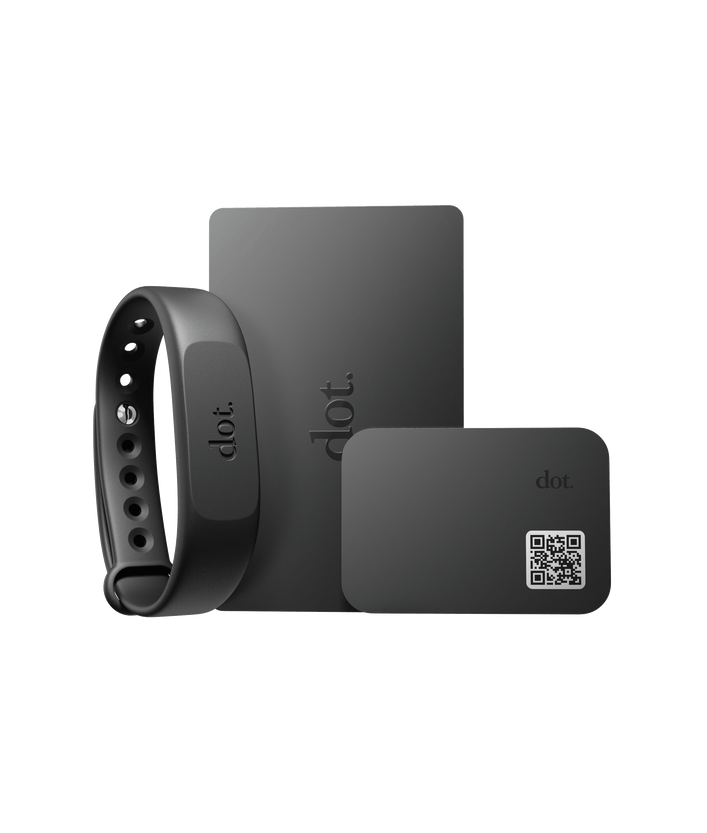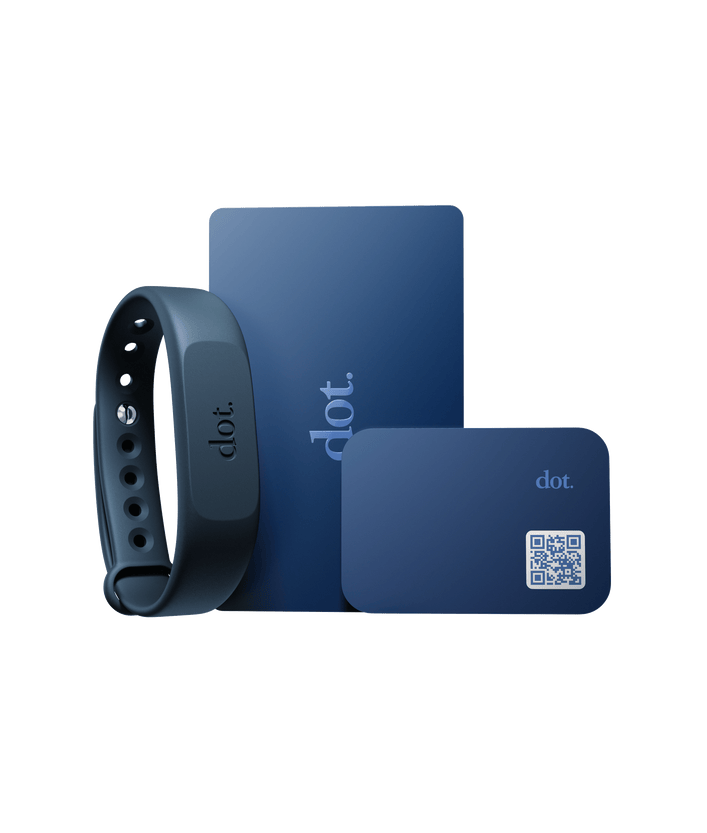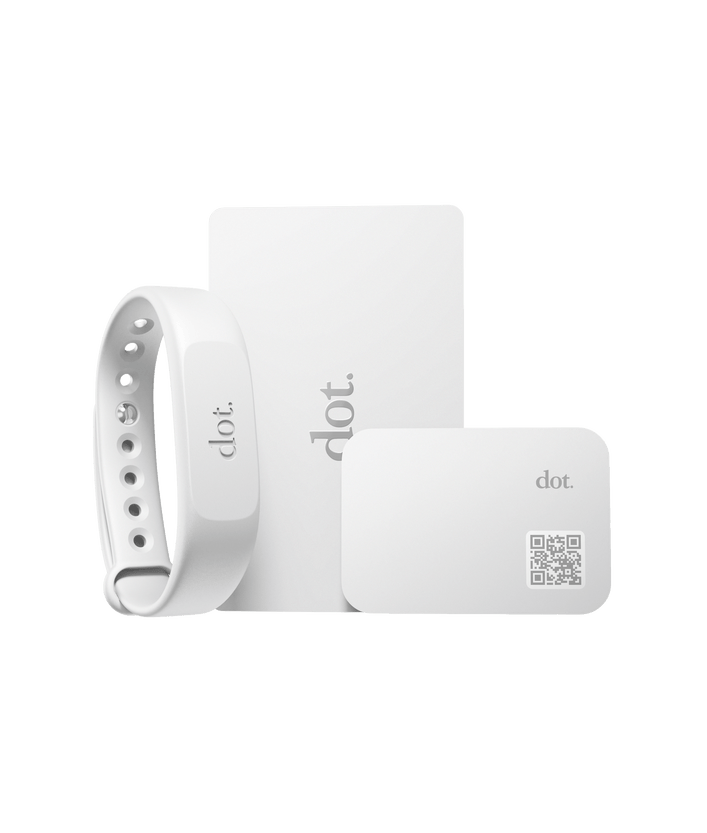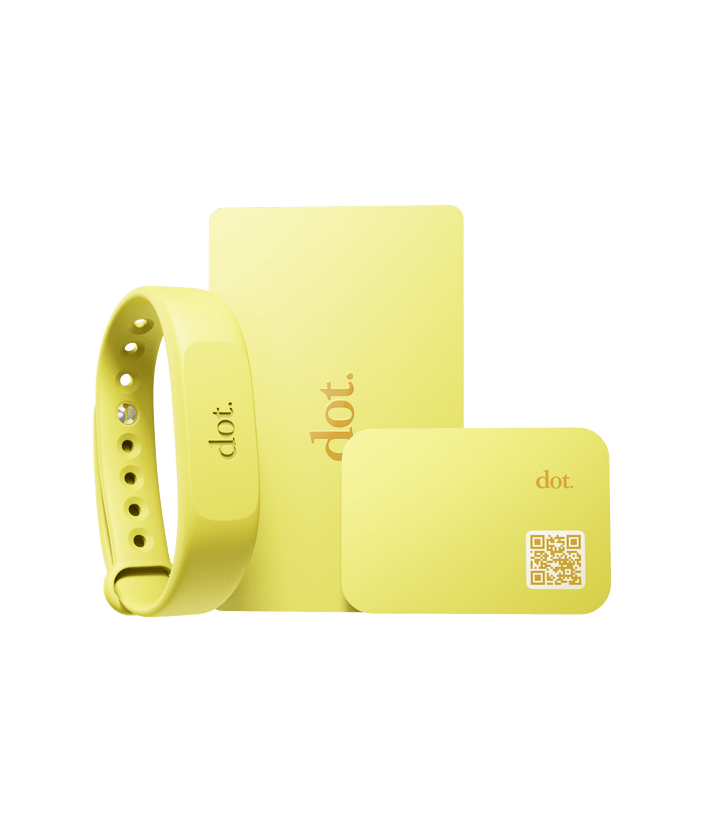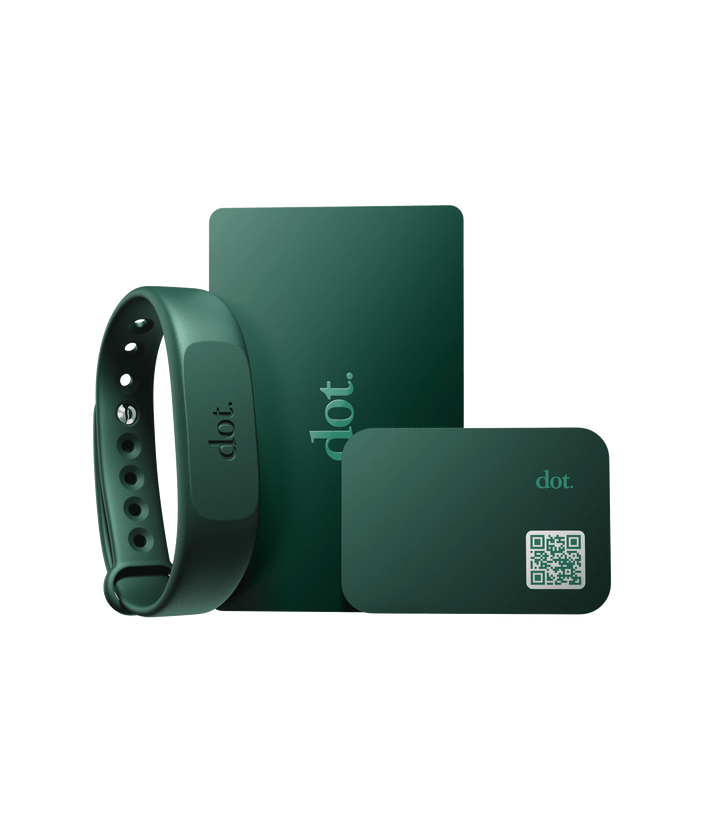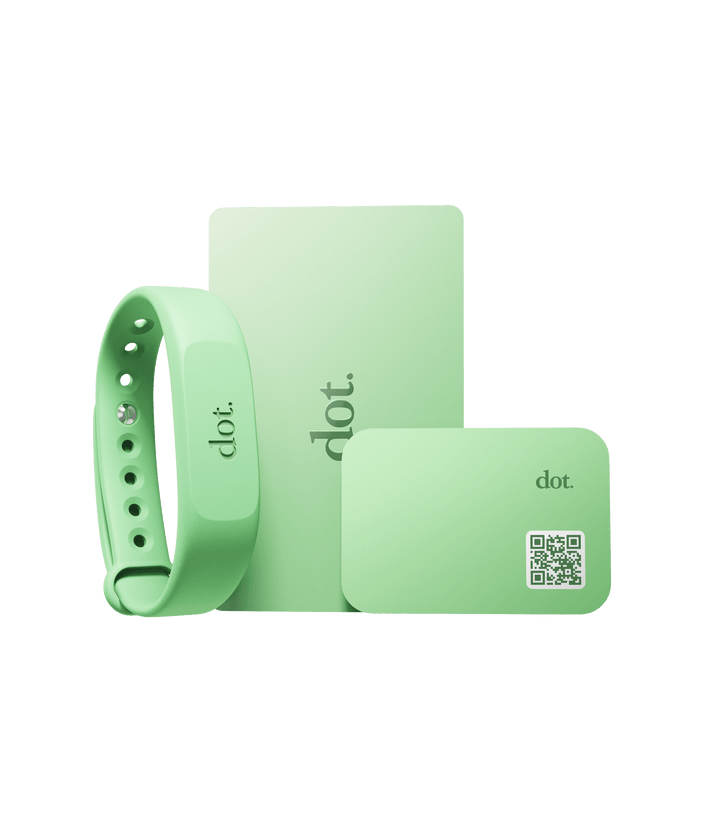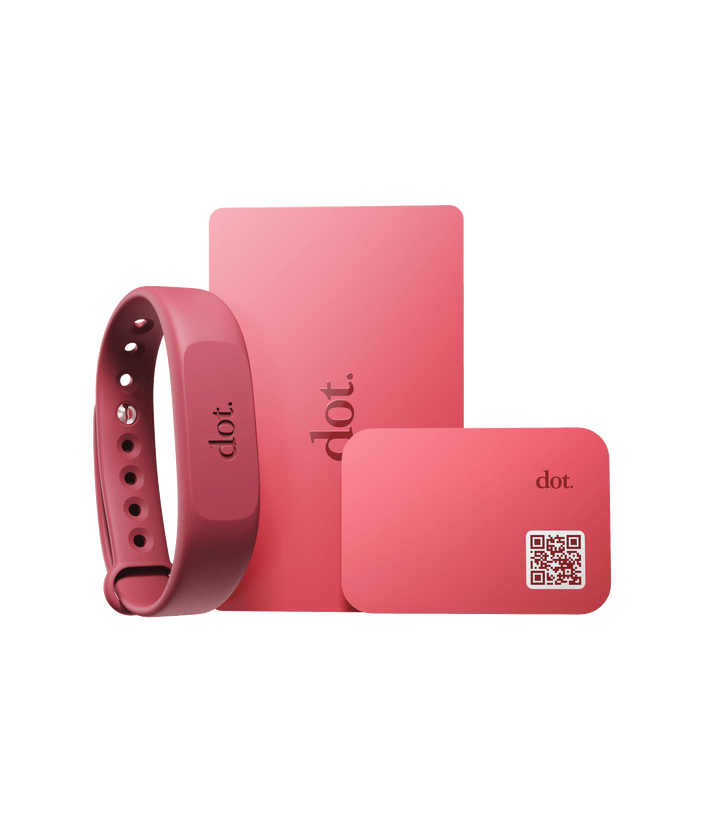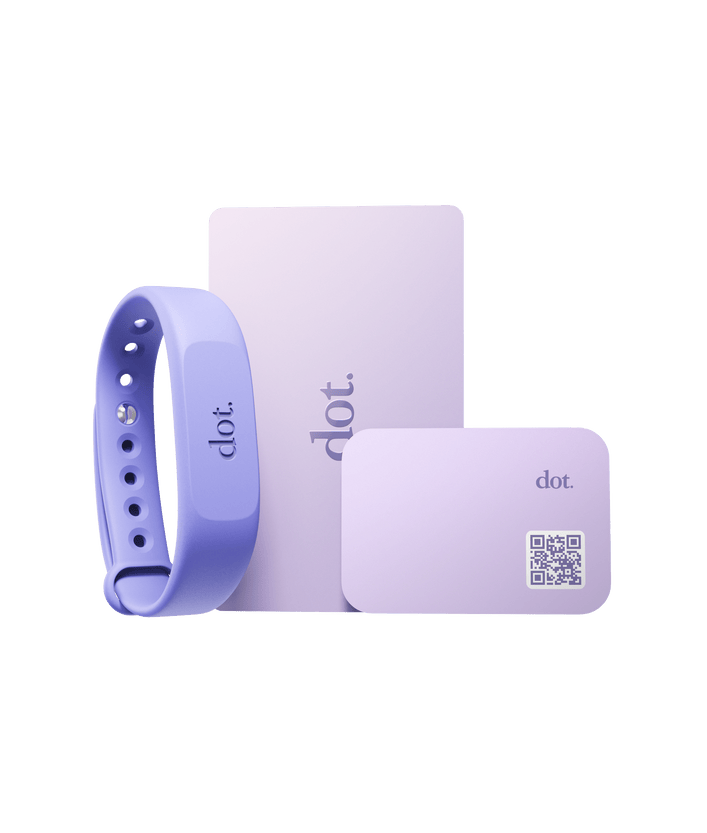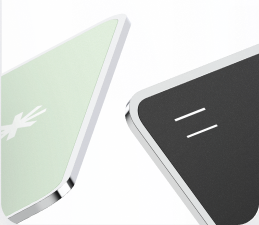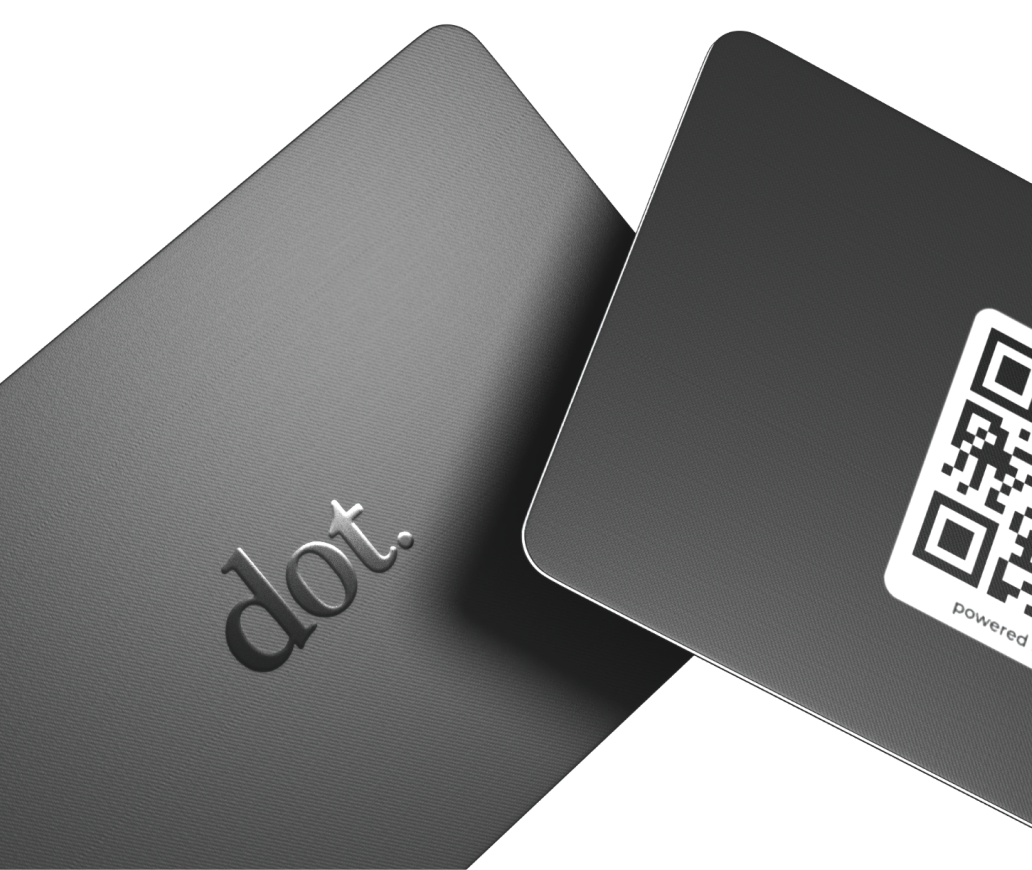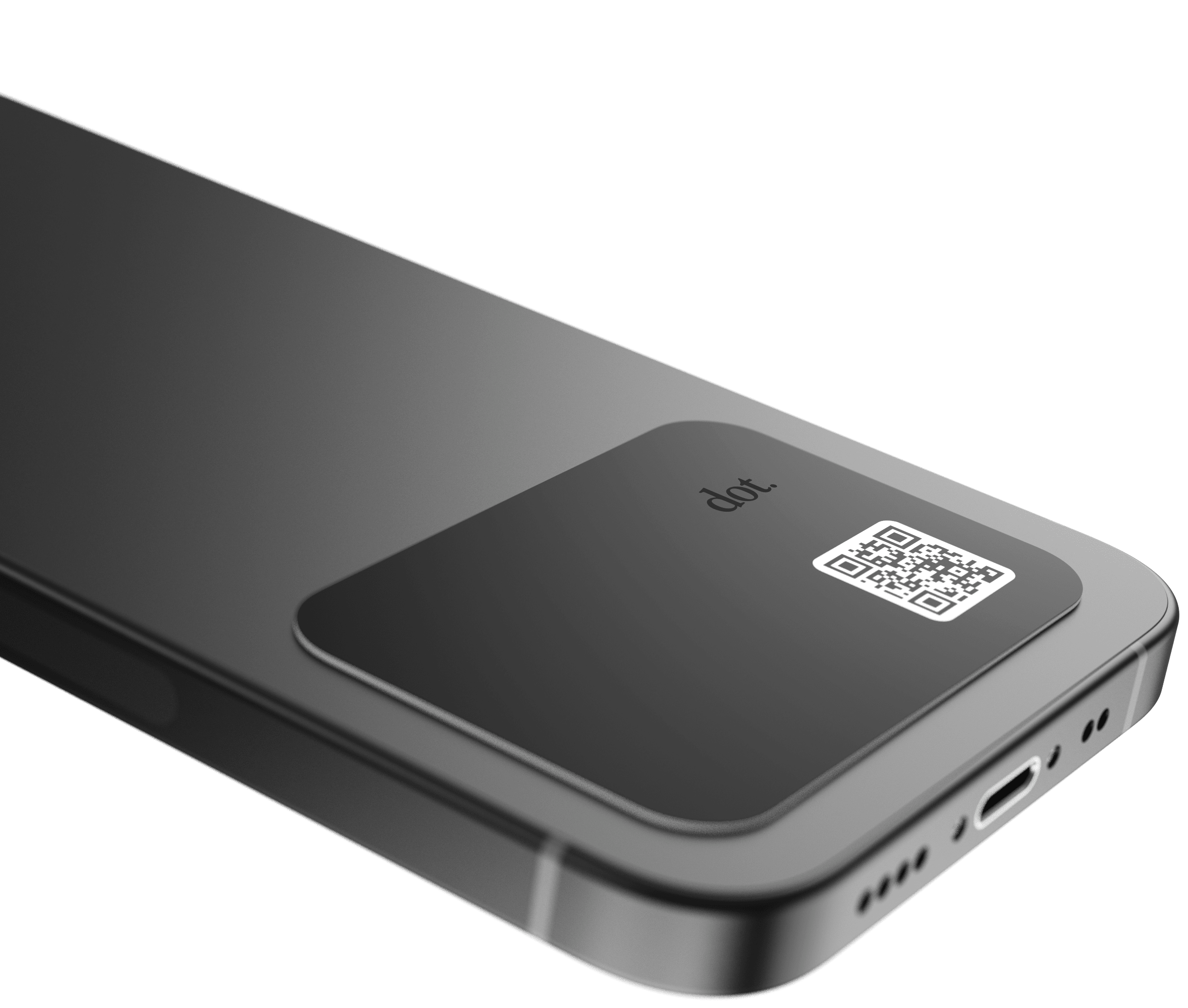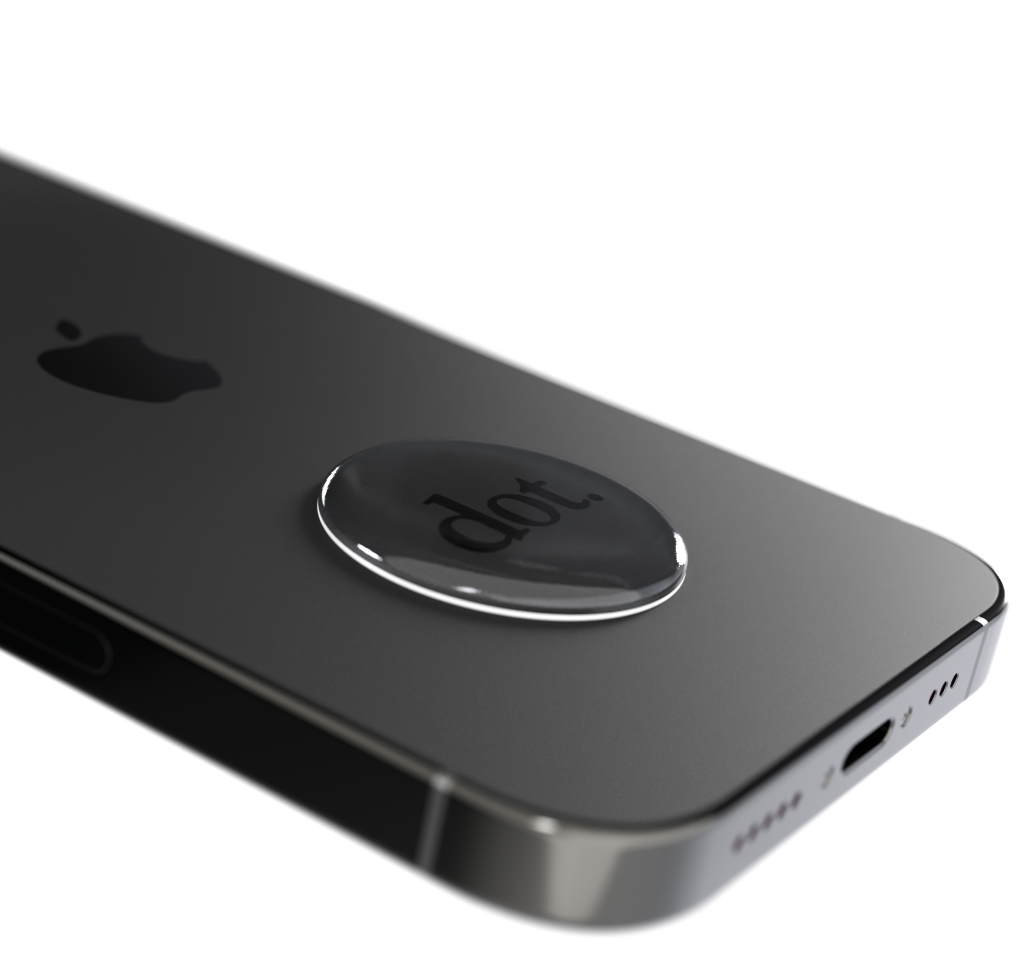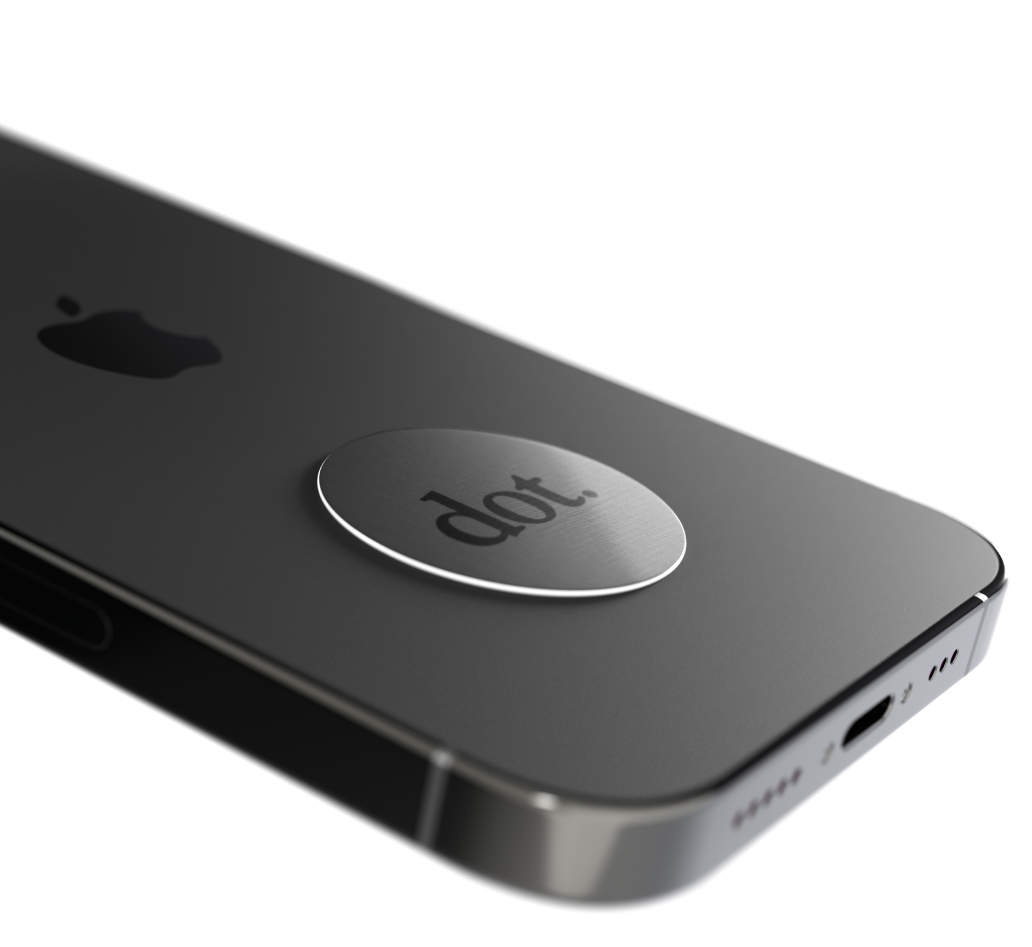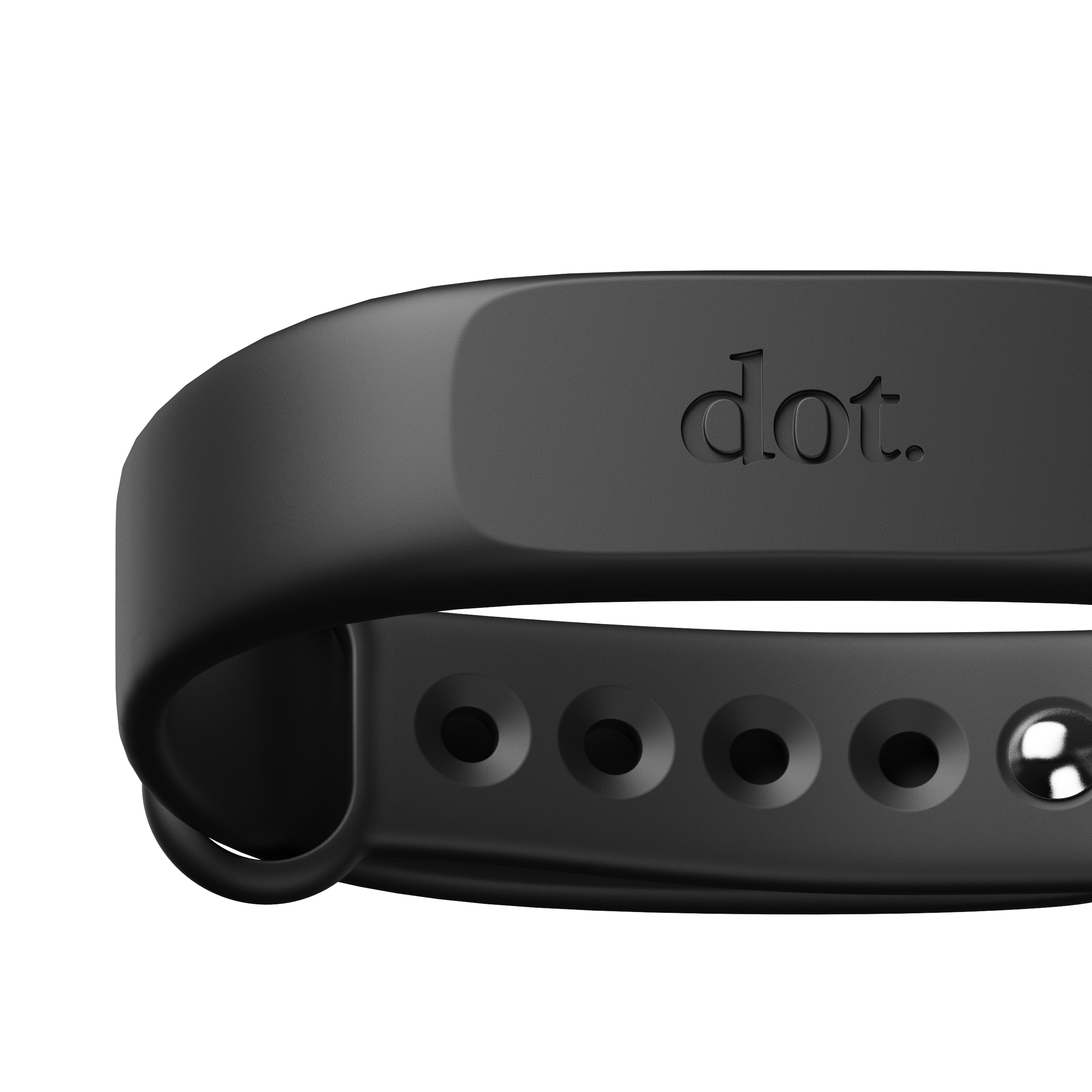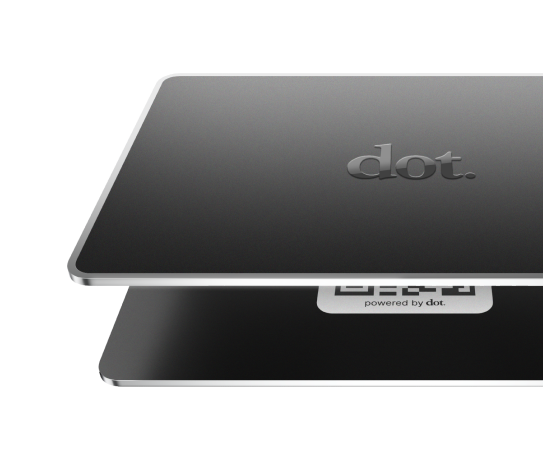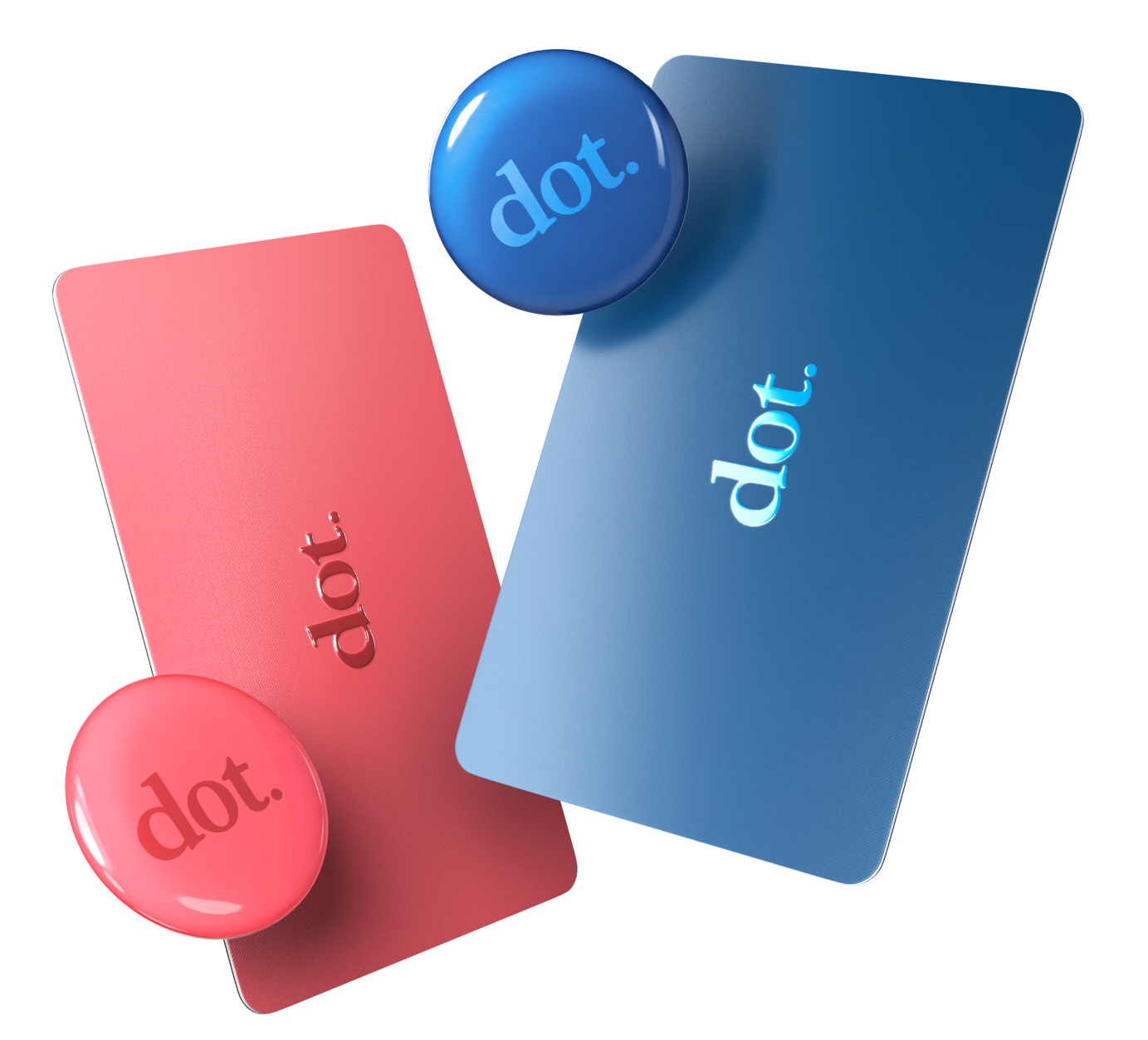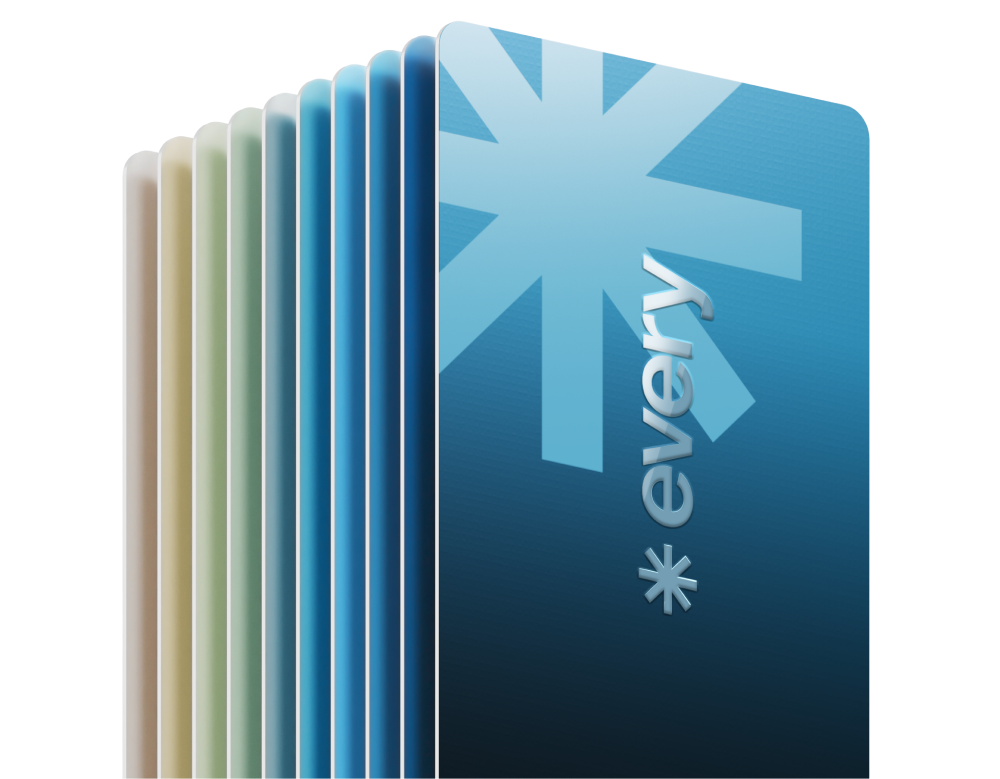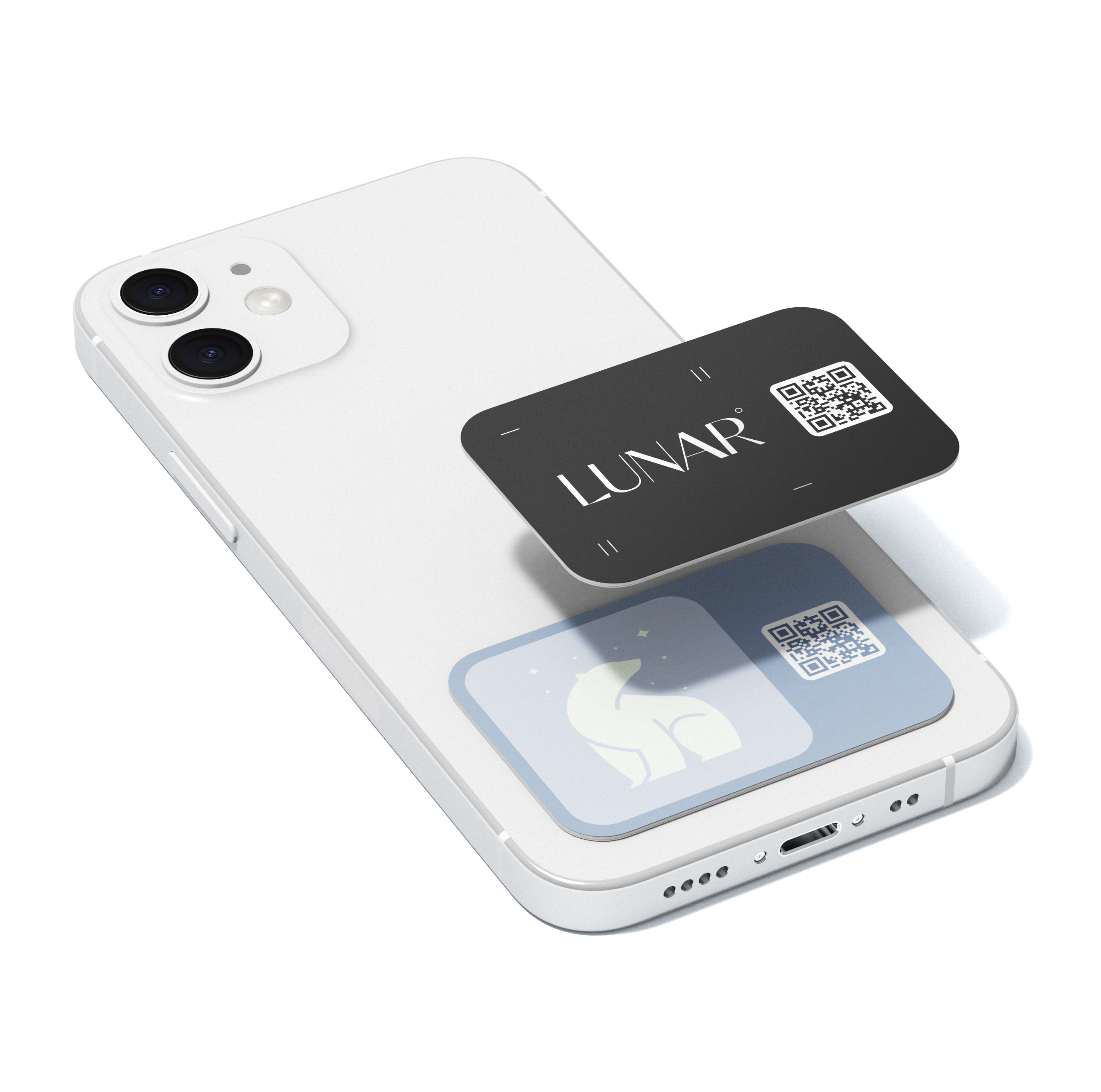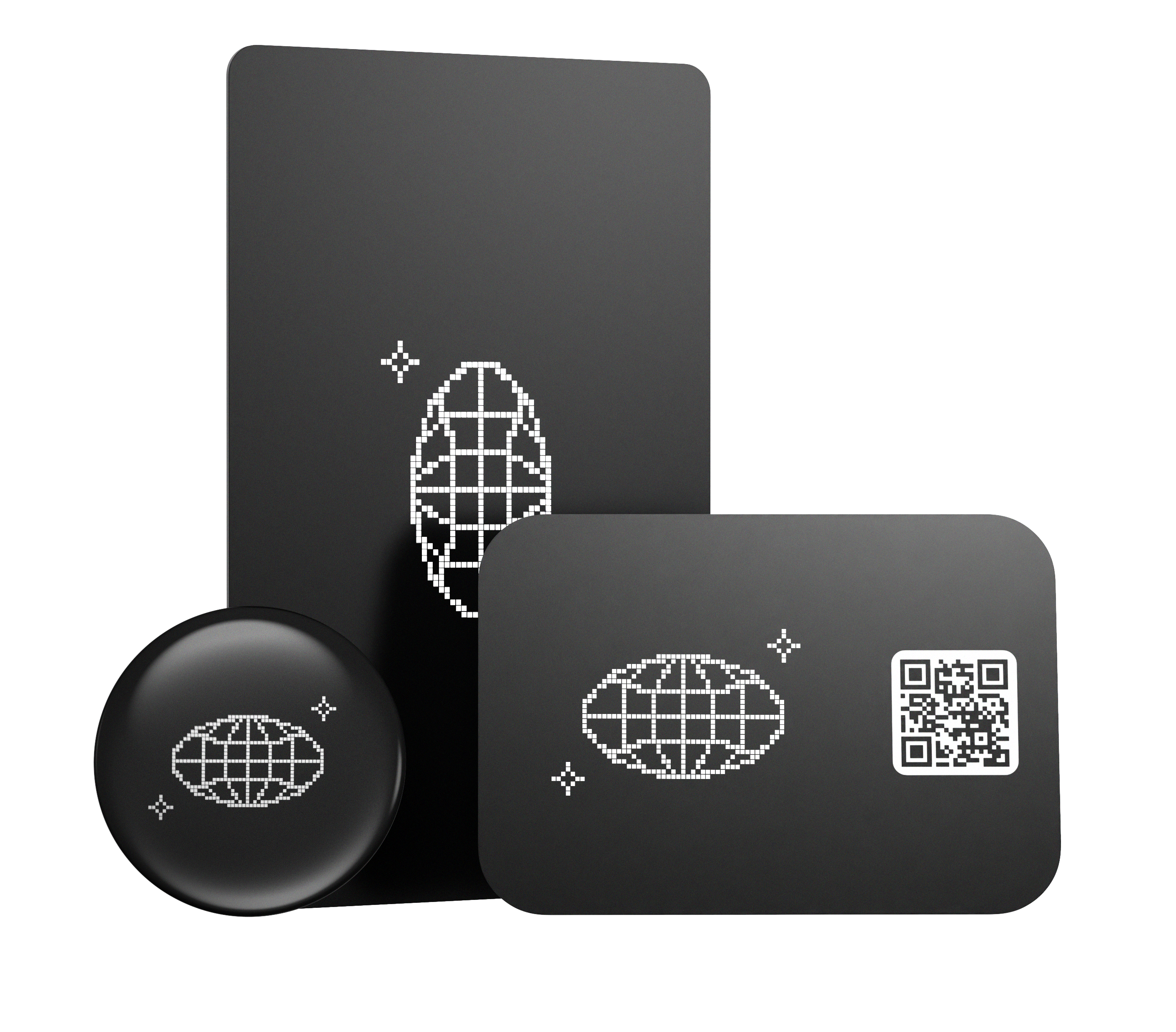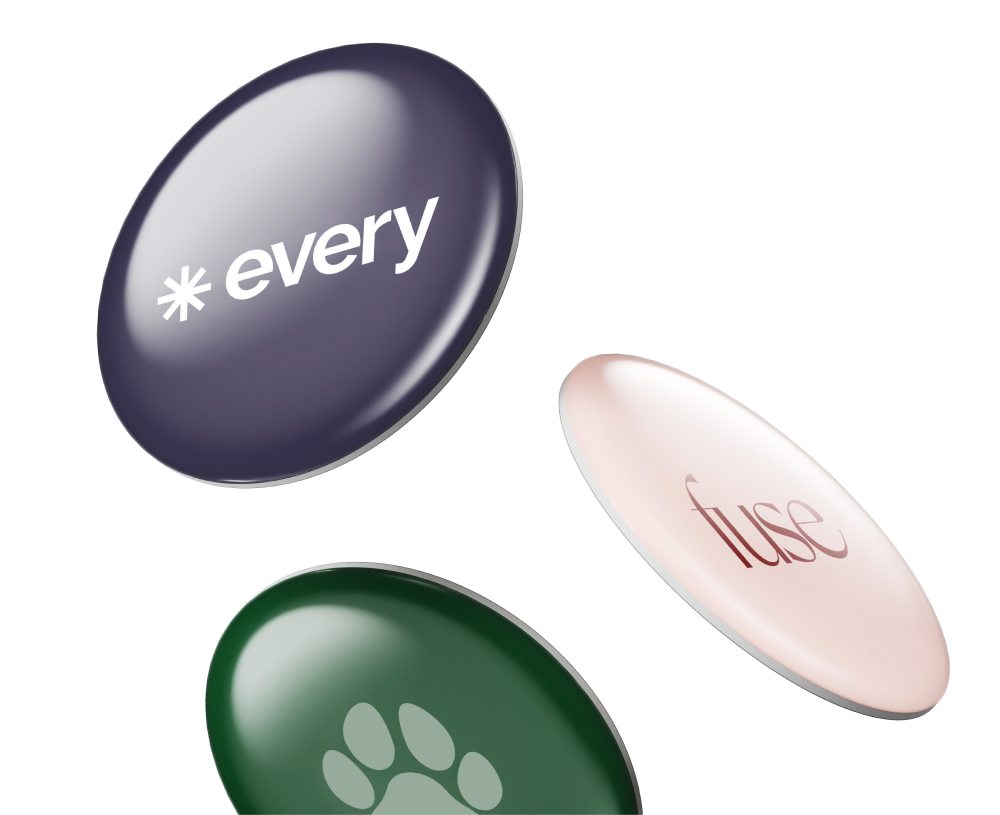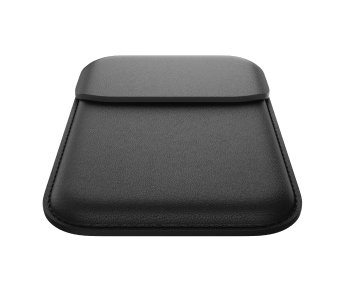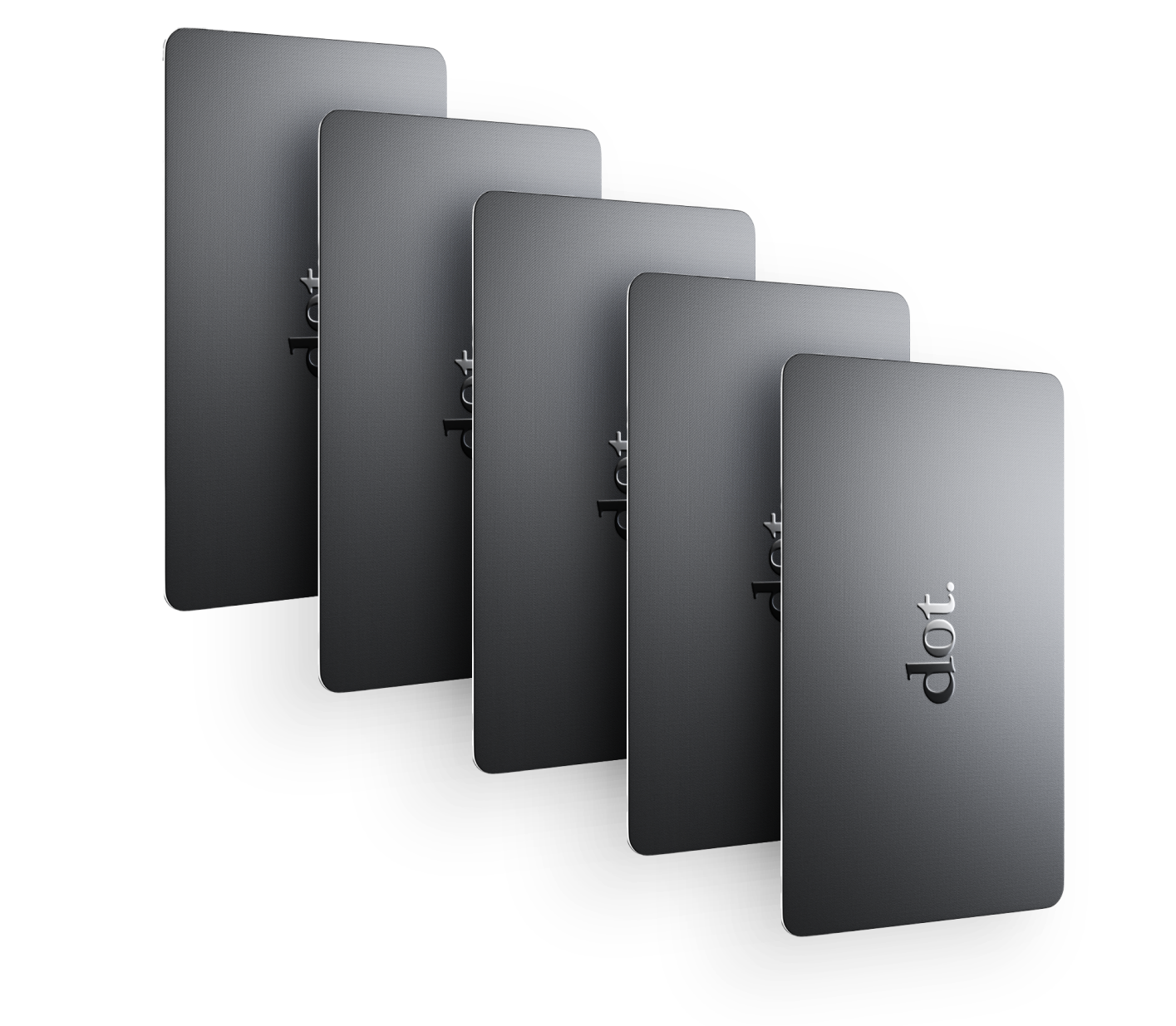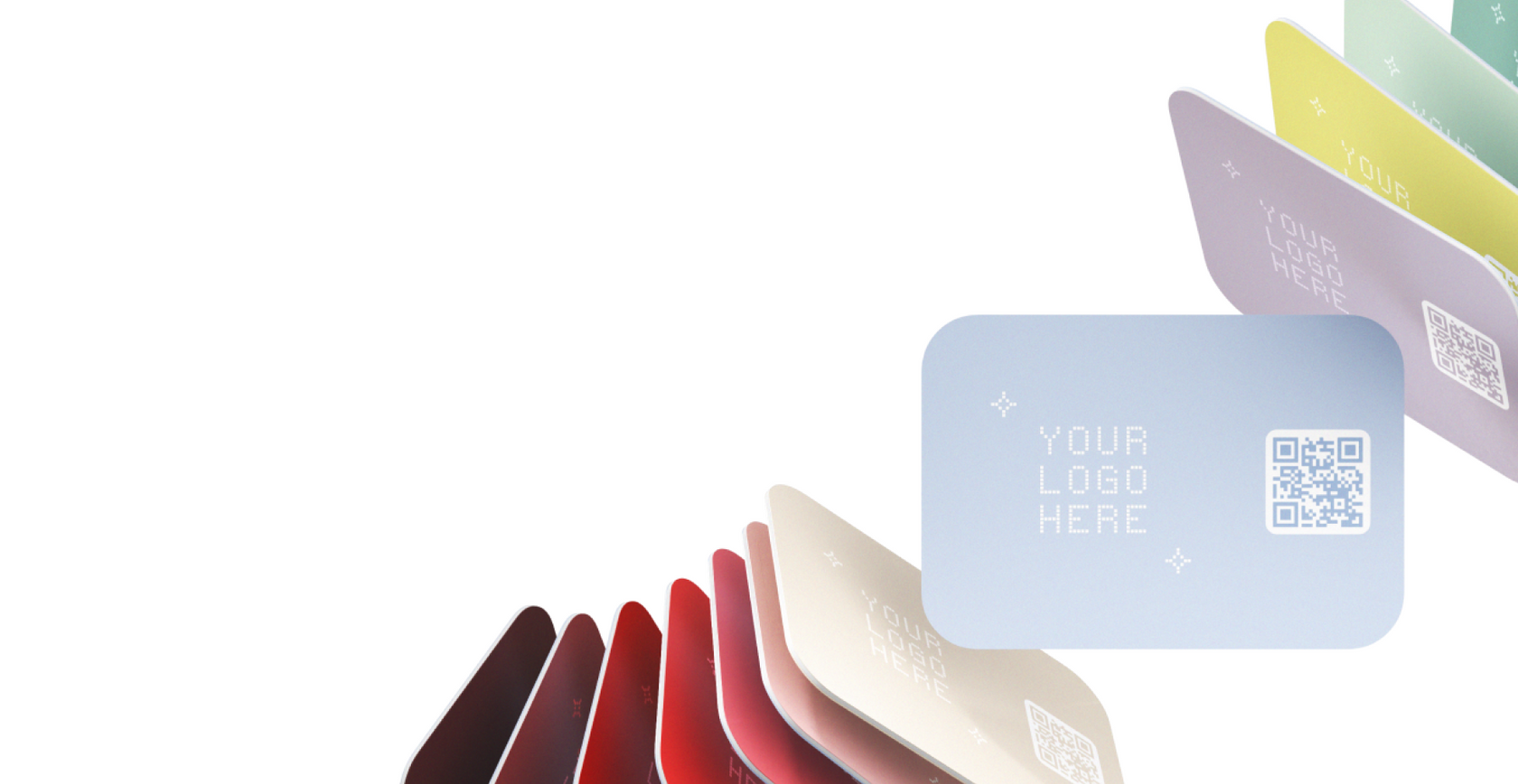Why First Impressions Matter More Than Ever
We’ve all heard the saying: “You never get a second chance to make a first impression.” In networking, that couldn’t be more true. Studies suggest people form lasting opinions about you in as little as 7 seconds. Whether you’re at a conference, trade show, industry mixer, or even a coffee shop, those first few moments set the tone for how someone remembers you.
But here’s the challenge: in 2025, networking is evolving. Traditional introductions — like paper business cards and stiff handshakes — don’t carry the same weight they once did. Today’s professionals are looking for authentic, engaging, and memorable connections.
So, how exactly can you make sure your first impression doesn’t fade away as soon as the conversation ends? Let’s break it down step by step.
1. Lead With Confident Body Language
Before you even speak, your body language communicates volumes. People instinctively scan for nonverbal cues, and what they notice first often shapes how they interpret everything else you say.
Here are the fundamentals of confident, approachable body language:
-
Smile genuinely: A warm, natural smile signals openness and friendliness.
-
Eye contact: Hold steady eye contact (without staring) to build trust.
-
Posture: Stand tall, shoulders relaxed, and lean in slightly to show engagement.
-
Handshake or greeting: Match the setting — firm handshake in formal spaces, or a polite nod/wave in more casual or global settings.
💡 Pro Tip: Think about the last time you met someone who seemed distracted or closed-off — chances are, you don’t remember their words as much as you remember the feeling. Body language is the anchor of that feeling.
2. Start With Curiosity, Not Your Resume
It’s tempting to lead with your job title, company name, or accomplishments. But that can come across as transactional. Instead, flip the script by focusing on the other person first.
-
Ask open-ended questions like:
“What brought you to this event?” or “What projects are you most excited about right now?”
-
Listen actively: nod, repeat back key points, and show genuine interest.
-
Avoid rushing to pitch yourself. Build rapport before you talk about you.
This approach not only makes the conversation feel more natural — it also makes you stand out as someone who values people, not just opportunities.
3. Share a Memorable Hook About Yourself
When it’s your turn to introduce yourself, don’t just say your name and job title. Instead, weave in a personal hook — a short, memorable detail that sparks curiosity.
Examples:
-
“I help small businesses ditch paper business cards and move into digital networking.”
-
“By day I’m a financial analyst, by night I host a podcast about cooking with five ingredients.”
Why does this work? Because stories stick. Job titles don’t. By tying your identity to a unique story or interest, you increase the chances someone will remember you tomorrow — and weeks later.
4. Pay Attention to the Small Details
In networking, the little things often make the biggest difference.
-
Dress appropriately: Your outfit should match the tone of the event while still reflecting your personality.
-
Tone of voice: Speak clearly, avoid monotone delivery, and bring positive energy into the conversation.
-
Energy match: If the setting is casual, relax your delivery. If it’s formal, lean into professionalism.
These subtle cues might seem minor, but together they send a powerful message: this person is prepared, approachable, and professional.
5. Be Helpful — Give Before You Ask
Although it may come as no surprise, it’s worth repeating: being helpful is one of the most powerful ways to make a lasting impression.
-
Offer insights, introductions, or resources when it makes sense.
-
Follow up with a relevant article or connection afterward.
-
Position yourself as a resource, not just a seeker of opportunities.
When you’re helpful, people remember you positively — and reciprocity often kicks in. Your network grows stronger when you add value first. Talk about a win-win.
6. Remain Visible Beyond the First Meeting
Mystique might sound interesting, but in networking, it’s a disadvantage.
If someone has to dig around to figure out who you are, what you do, or how you can help them — they probably won’t bother. In 2025, visibility is everything.
Here’s how to stay top of mind:
-
Maintain an active social media presence, especially LinkedIn.
-
Post insights, share wins, and highlight others in your network.
-
Regularly check in with connections to nurture relationships.
First impressions don’t end at the handshake. They evolve through consistent visibility.
7. Be the One to Start the Conversation
If you’re looking for a seat at the table, don’t wait for an invitation — take it.
Introduce yourself, ask thoughtful questions, and share your story on your own terms. Too many people hold back in networking settings out of fear of rejection. But by initiating conversations, you immediately position yourself as confident and approachable.
💡 Think of it this way: every person in the room has a story. If you don’t share yours, you’re missing the chance to make it memorable.
8. Take Risks in Your Connections
Networking requires courage. Remember the risks you took when you launched your career, started a business, or made a major change? That same openness applies to meeting new people.
-
Approach the person who seems out of your league.
-
Share your passion even if it feels vulnerable.
-
Say yes to opportunities that push you outside your comfort zone.
Not every interaction will land, but the act of being bold is itself memorable. And courage is contagious — people are drawn to it.
9. Empower Your Ability to Connect With the Right Tools
In 2025, first impressions don’t just happen in person — they continue through technology. That’s why the tools you use to exchange information matter.
-
NFC-enabled digital business cards let someone tap their phone and instantly receive your profile.
-
QR codes make sharing fast and accessible across all smartphones.
-
Link-in-bio hubs allow you to share all your professional links in one place.
For example, dot.devices combine NFC and digital profiles to make introductions seamless. Instead of fumbling with paper cards that may be tossed or lost, you leave someone with an interactive, always-up-to-date contact point.
Paper business cards stop at the exchange. Digital cards keep the conversation going.
10. Practical Steps to Transition From Paper to Digital
If you’re still carrying paper cards, here’s how to move into the future of networking:
-
Pick the right platform: Choose a digital card provider that lets you customize your profile.
-
Design your profile: Add your logo, brand colors, and essential links.
-
Test your sharing method: Try QR and NFC on your own phone before the big event.
-
Promote your digital identity: Add your card link to your email signature, LinkedIn, and social bios.
This small shift ensures that your first impression lasts long after the handshake.
FAQs: First Impressions in Networking
Q: How long does it take to make a first impression?
Research shows it can take as little as 7 seconds — and often, that impression lasts for months.
Q: What makes someone instantly memorable?
Warmth, curiosity, and a unique personal story. People remember how you made them feel.
Q: Are paper business cards still used in 2025?
Yes, but mostly in industries where tradition dominates. The majority of forward-thinking professionals now use digital business cards.
Q: What are the best alternatives to business cards?
Digital business cards, NFC-enabled devices, QR code hubs, and link-in-bio profiles are the leading options.
Q: How can I stand out in a room full of professionals?
Start conversations, offer help, and leave behind a digital contact point that makes following up effortless.
Bottom Line: Memorable First Impressions Are Built With Intention
A great first impression during networking isn’t about being flashy — it’s about being confident, curious, helpful, and equipped with the right tools.
When you combine strong body language, authentic curiosity, a personal hook, and visibility after the fact, you become the person others remember long after the event ends.
And in 2025, part of that strategy is embracing digital networking tools. By using digital business cards or NFC devices, you ensure that your introduction doesn’t end with a handshake — it evolves into a lasting, effortless connection.
Because in the modern world of networking, the first impression is only the beginning.
|
Feature |
Paper Business Cards |
Digital Business Cards |
|---|---|---|
|
First Impression |
Simple, but easy to forget |
Interactive, modern, and tech-forward |
|
Update Info |
Must reprint if your role changes |
Instantly update contact details in real time |
|
Ease of Sharing |
Hand-to-hand only |
NFC tap, QR scan, or direct link |
|
Follow-Up Potential |
Relies on recipient inputting data manually |
Click-to-connect with LinkedIn, portfolio, or calendar |
|
Cost Over Time |
Reprint every time details change |
One-time setup; no ongoing print costs |
|
Eco-Friendliness |
High paper waste (billions printed yearly) |
100% paperless and sustainable |
|
Analytics |
None |
Track clicks, scans, and engagement |
|
Professional Branding |
Limited to design and print quality |
Fully customizable with brand colors, logos, media links |
